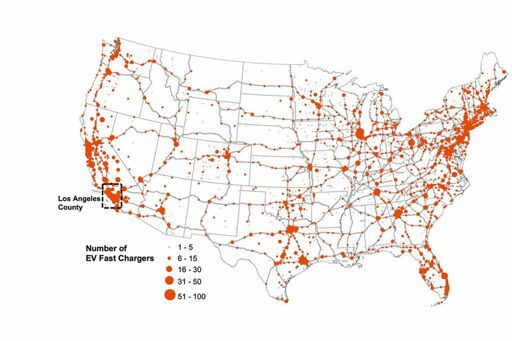- At the charging stations, daily concentrations of dangerous air particles, known as PM2.5, ranged from 7.3 to 39.0 micrograms per cubic meter.
- Urban sites without fast-charging stations had concentrations of PM2.5 ranging from only 3.6 to 12.4 micrograms per cubic meter.
- The tiny particles likely come from particle resuspension around Direct Current Fast Charging power cabinets. Cooling fans designed to prevent the electronics from overheating can also stir up dust and particles from internal surfaces.



Now do PM and VOC levels at petrol stations.
Then PM and VoC levels on roads entirely occupied by combustion vehicles, and entirely occupied by electric vehicles.
It’s like this is perfectly crafted to demonstrate a spurious correlation.
I get what you’re saying but I’m not seeing this as “electric cars suck” but more as “we found another place where we can improve”
This seems to me an issue that can be fixed with a few air filters which would require very infrequent replacements
2.5 takes some fairly serious filters.
Then make those serious filters obligatory
I too love a heavy dose of whataboutism with my science.
I think we all know petrol is worse by a huge margin. More knowledge about electric vehicles and their effects is just more good for engineers.
It means there is more room to improve and make things better.
It’s a thing called data bestie